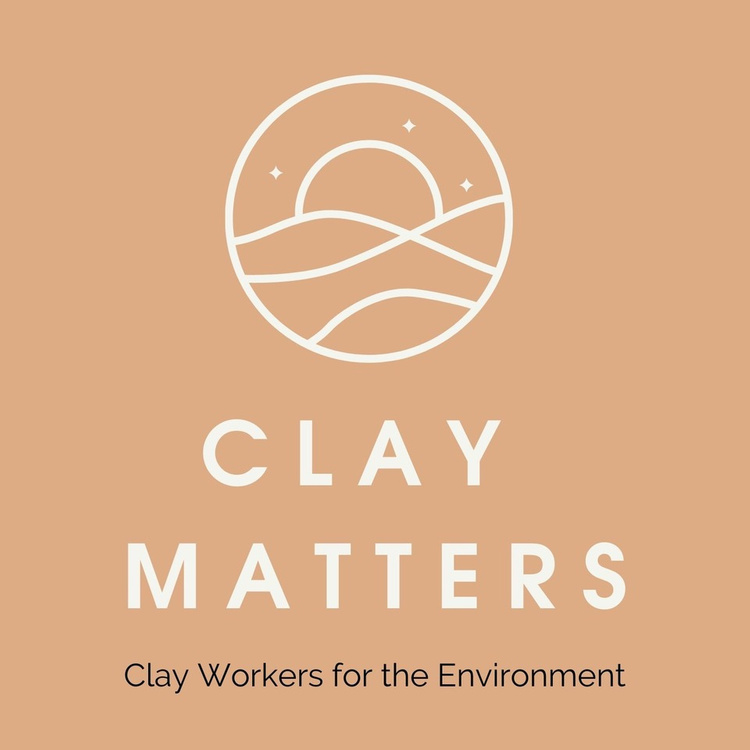Material Provenance Project
︎ Link to form to submit your research!
A global open-source material research project created by the members of Clay Matters. We see this work as building upon the efforts of The Potter's Pledge, which acknowledged that “our active choice to work with clay carries with it a responsibility to respect the earth’s finite resources by identifying where materials are sourced, how they are packaged, transported and processed.”
The Material Provenance project is an effort to builda broader shared knowledge about our palette of glaze & clay materials.. We invite you to call your suppliers, go to the library, and talk to mining experts
By building this communal knowledge system we empower each other with a broader understanding of the environmental impact of our work, the processes used to extract our mineral materials, and the labor required to make them ready for ceramic applications. To learn more about the permaculture framework that we're using to question our materials, click here.
Thank you for your help!
Clay Matters (2024)
︎
FAQ
Who should contribute research?
We strongly encourage anyone who is purchasing raw materials from their ceramic suppliers to feel empowered to submit their own research. You do not need to deeply understand chemistry or the mining industry, all it takes is a quick call to your supplier and having a look at the SDS sheet (more tips on getting started below).
How should I contact my ceramics suppliers?
To respect their time while also being fast and personal, we recommend speaking on the phone which can be useful for hearing the inflections and tone of their voice which provides context and nuance and can help their meaning be interpreted. If you're unable to get through or your messages aren't being returned, try emailing. If you get no reply to your emails go in person if you can. For all your conversations, we recommend to focus on collaboration and solutions.
Where can I find answers to the questions on the form?
Go link by link down the supply chain (starting with your supplier, then going to their supplier, then to the manufacturer, and onto to the mining company) until you get a dead end. Then start googling using the key words in the questions on the form. Visit your local library and chat with the librarian. Go in person to the company you are seeking information from if possible. Ask someone else in the supply chain for that material for tips. Another option is to use the AI powered search engine Perplexity.
How to use AI for research?
- Start with a broad question using the name of your material listed on the SDS. Here are some sample search terms that can be helpful:
- “What are the mineral beneficiation processes used in the production of [your material]?”
- “What are the potential environmental impacts of mining and processing [your material] for use in ceramics?”
- Go deeper within your results by asking follow up questions
- Check the sources to beware of greenwashing and propaganda, you can include in your questions that the AI provide only fact-checked and up-to-date sources in it’s answer to help provide you with current, non-biased, and academic references.
What is an SDS and how can I find it?
A Safety Data Sheet (SDS), formerly known as an Material Safety Data Sheet (MSDS) or product safety data sheet, is a document that lists information relating to occupational safety and health for the use of various substances and products. They adhere to GHS standards which are over seen by the United Nations. Click here to learn more about how to read an SDS, and here’s a glossary of common terms you’ll find on an SDS sheet.
SDS sheets can often be found on ceramic supplier’s websites. This is a helpful database of SDS sheets if you’re having trouble getting one from your supplier.
What are common types of material processing used in ceramics?
To learn more about different processes and their impacts see our glossary and our tips for searching with AI.
